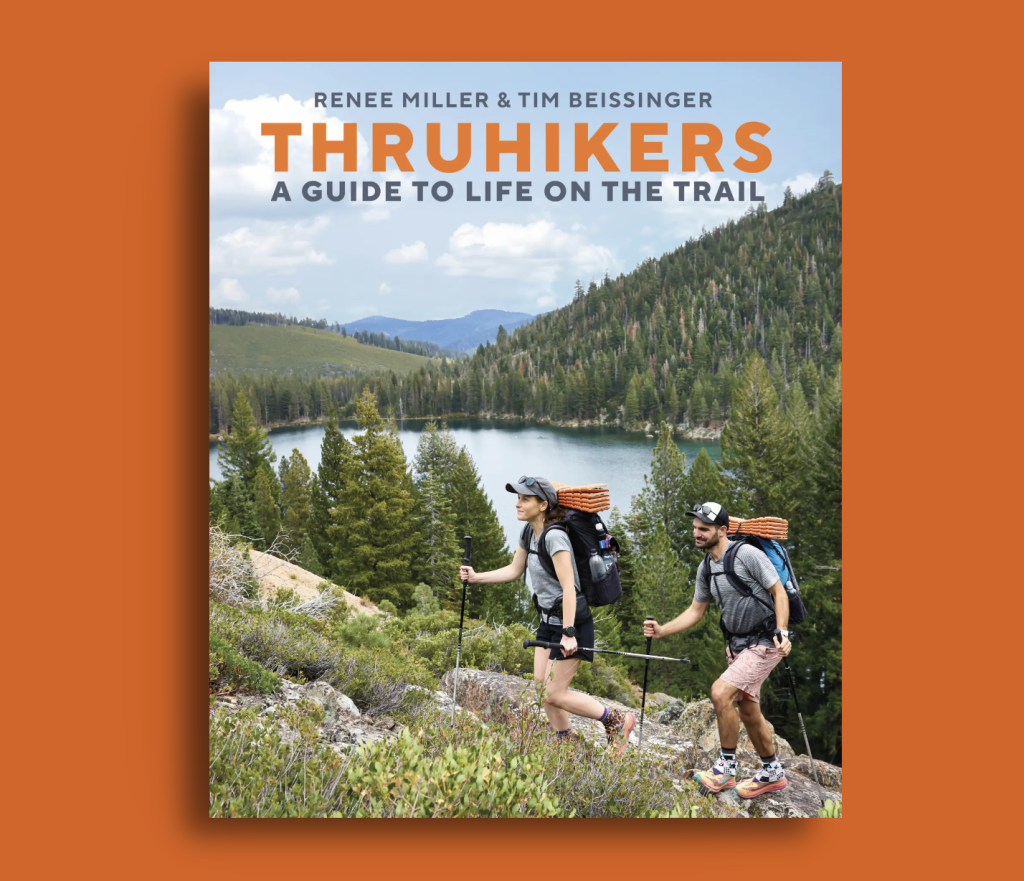We knew a lot about preparing for and undertaking short-term (less than 2 week) backpacking trips before we set out on the PCT. But, we quickly learned many more tricks that made life as thru-hikers easier for us. Here are some of our favorite “hacks” from the PCT. They apply to wilderness trips in general.
“Disposable” water bottles are perfect re-usable water bottles:
They are lighter, cheaper, and more convenient than re-usable water bottles. Most brands will work. LIFEWTR and Smartwater bottles for example have thicker plastic and last almost as long as reusable water bottles. Plus, it’s better to have the flexibility of a disposable bottle when your water carrying needs change–you can just recycle some bottles after the desert and before the Sierras rather than mailing them home.
“Disposable” water bottles and their caps can replace Sawyer’s included cap, syringe, and water bags:
The sports flip-caps from companies like LIFEWTR and Smartwater have a cover that protects your Sawyer tip from contamination. You can find them on the 700 ml size bottles. The sports flip-caps can also be used to back-flush your Sawyer instead of the syringe. (Side note: stay on top of back-flushing your Sawyer!)
We found the LIFEWTR and smartwater bottles to be more convenient than the included Sawyer dirty water bags because the bottles fit nicely in the side pockets of our backpacks, unlike the Sawyer bags. We had two different size bottles to help us differentiate between the dirty water and the clean (drinking) water.
Leaves make great water spouts for creeks with low flow :
When a creek is flowing too weakly to make bottle-filling a breeze, grab a leaf and steady it with a rock to make an ideal spout for filling your bottle.
Sleep with your Sawyer on cold nights:
Sawyer filters can freeze and break. If you expect the weather to be below freezing overnight, put your Sawyer in a ziplock bag and sleep with it in your sleeping bag to keep it above freezing with your body heat.
Backpacks make excellent clothes lines:
Socks from the previous day or any other damp clothes were a regular sight on the outside of our packs.
Stuff your sleeping bag at the bottom of your backpack:
Saves weight by omitting sleeping bag stuff sack. Gives pack good structure and shape, making it more comfortable. We did each carry a 20L Sea to Summit dry sack. In case of rain, we would put our sleeping bag and any clothing in the dry sack, still stuffed in the bottom of our pack.
Protect your campsite from deer and mice:

We always kept our trekking poles and shoes within reach.
Deer LOVE salt, including from sweat and pee. Don’t leave your hiking poles unattended at night because deer may grab them to lick the handles. Don’t pee too close to your tent because deer may lick the area and wake you up in the middle of the night.
Mice like nibbling. Protect your shoelaces. Don’t leave open food in your tent. We heard many people complain of mice chewing off their shoelaces or through their tents to get food. We always kept our food in a sealed food bag near our feet and never had problems. We kept our shoelaces tucked inside of our shoes in the tent vestibule.
If you buzz off all your hair, you don’t need to carry a brush anymore
I cut off my hair after mile 1,000 and never looked back.
Know what shoes people are wearing, so you can track them:

The Altra Lone Peak tracks were easy to recognize! 
An Altra Timp track in the snow.
Leave your deodorant at home:
You’ll smell bad either way. After a few days deodorant doesn’t make much of a difference. After a little while on the trail you’ll start smelling day hikers from miles away because of their strong chemical scents.













